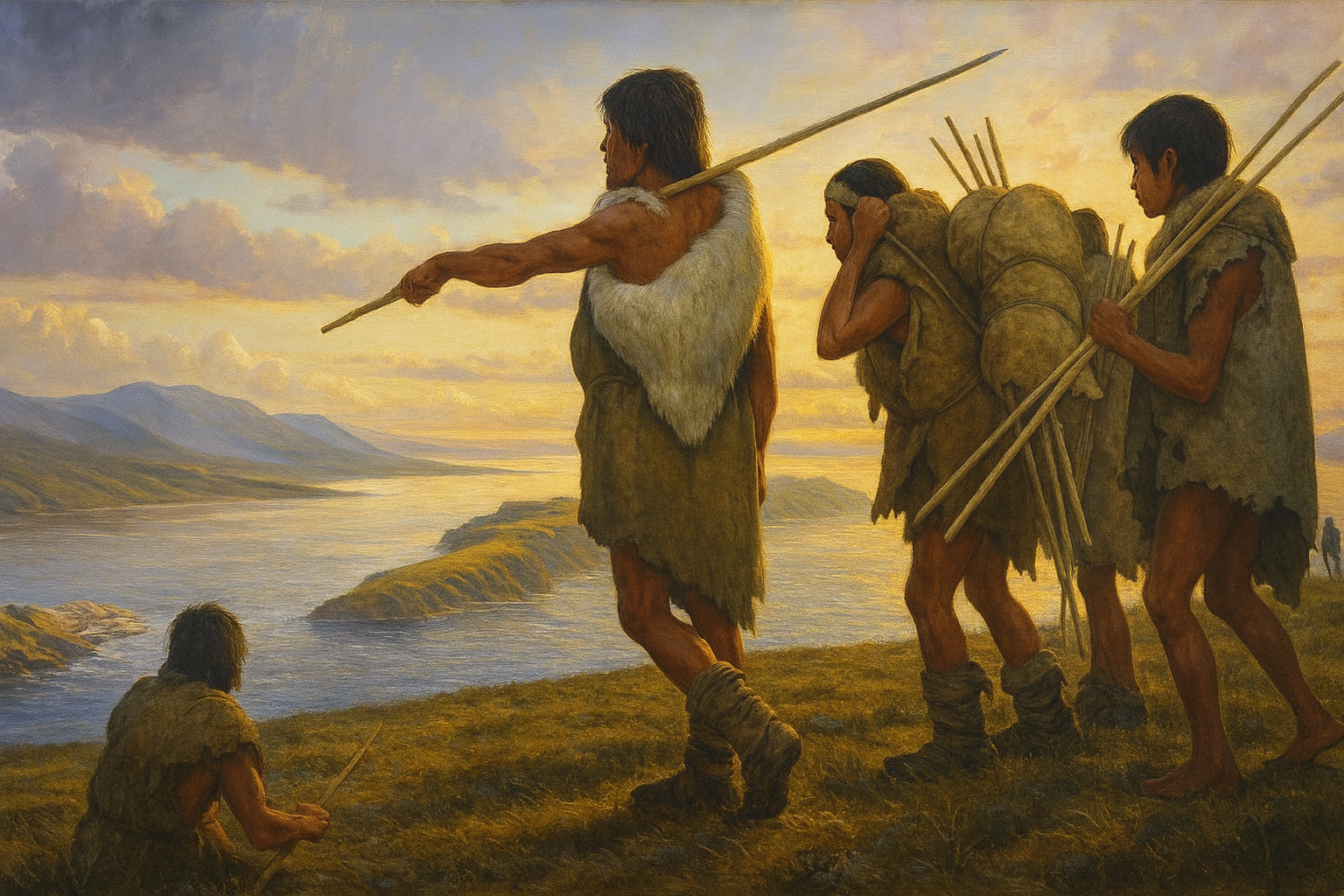Copyright thebrighterside

More than a million years ago, early human relatives crossed an enormous sea to reach the Indonesian island of Sulawesi. The discovery pushes back the record of human migration in Southeast Asia and goes against what scientists have assumed early humans could accomplish. The tale started with a peaceful cornfield in southern Sulawesi, where Indonesian and Australian archaeologists uncovered seven small but remarkable stone tools. Discovered in sandstone layers at a location named Calio, the tools told an even older story than anyone would have envisioned. With techniques like palaeomagnetism and uranium-series dating, the scientists determined that the artifacts were a minimum of 1.04 million years old—if up to 1.48 million. Their findings, published in Nature, extend the history of human presence in early times in the area by hundreds of thousands of years. Each flake showed evidence of careful shaping and cutting edges, marks that they were used as scraping or cutting tools. One had been retouched with care, indicative of skill and training—not careless rock breaking. Sulawesi lies east of the Sunda continental shelf, separated from the Asian mainland by deep seas that never fully dried up, even during Ice Ages. This interior, Wallacea, is a boundary outlined by a line called the Wallace Line—previously thought to have been successfully crossed by only Homo sapiens during the last 100,000 years. The Calio tools flip this on its side. Whoever designed them must have steered through miles of open sea hundreds of thousands of years before man even existed. How they managed to do it, no one knows. Brumm suggests it might have been accidental—perhaps small groups were swept out to sea on rafts of vegetation after storms or tsunamis. “We’re not talking about planned voyages,” he said. “But these crossings show remarkable resilience and adaptability.” No human remains have been unearthed, so the toolmakers are unknown. Scientists think that they could have been Homo erectus, who are known from Java approximately 1.6 million years ago. Others propose relatives of Homo floresiensis—the "hobbit" group on nearby Flores Island—or Homo luzonensis from the Philippines. If they were to enter Sulawesi more than a million years ago, they might have developed in isolation and even developed different traits or even become a different species. The Sulawesi discovery fits into a broadening pattern across island Southeast Asia. Tool ages of approximately 1.02 million years on Flores, and Luzon evidence of tool use and animal butchering dating between 777,000 to 631,000 years ago. Flores was later occupied by Homo floresiensis, and Luzon by Homo luzonensis. These finds point to several waves of migration into the region over long periods of time—not just one. The Calio evidence is now among the oldest human evidence of occupation east of the Wallace Line, suggesting that early human beings were considerably more resourceful and capable than previously thought. This discovery flips scientists' knowledge of early human migration upside down. Migration was long thought to happen solely by land. Sulawesi tools show that even early humans could swim across deep oceans—something previously thought they couldn't do. "This discovery turns the chronology of human ingenuity on its head," Brumm said. "These were pioneers,—innovative and clever—who crossed some of the most distant parts of the world.". Hakim and Brumm plan to continue exploring Sulawesi’s rugged interior, searching for fossils that could reveal who these toolmakers were. They believe the island’s limestone caves and valleys may still hold crucial clues. This discovery doesn't simply reiterate the history of human beings—it alters our understanding of intelligence, survival, and exploration. It reveals that early humans traversed open water far earlier than Homo sapiens ever did, demonstrating they had a remarkable degree of flexibility and problem-solving ability. Looking back at how the early visitors to the islands survived can shed light on how human culture and innovation unfolded. Future excavations could even reveal a new branch on the human family tree. Sulawesi could hold the key to how early humans populated Asia—and how isolation shaped us into what we are today. Research findings are available online in the journal Nature. Like these kind of feel good stories? Get The Brighter Side of News' newsletter.



